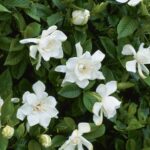

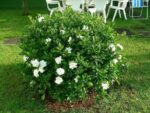

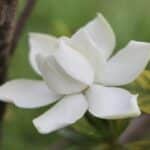
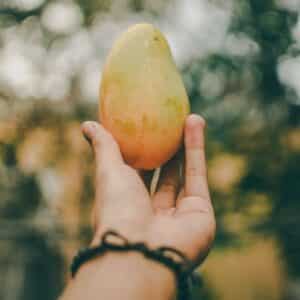

Gardenias (Gardenia jasminoides Ellis) 1’-2’ feet tall
$24.99 Original price was: $24.99.$22.99Current price is: $22.99.
Gardenia (Gardenia jasminoides Ellis) is a highly prized plant in gardening for the beauty and fragrance of its flowers, its attractive bearing and the intense green color of the foliage. In contrast to its ornamental qualities, it is not one of the most used plants in Cuba and other countries, so it is necessary to promote its cultivation. The present review was carried out with the objective of deepening and integrating information on the characteristics, uses, main pests and diseases, and ways of propagation of gardenia. For the development of this species, sunny and warm conditions during the day and cool during the night, relative humidity greater than 60% and acidic soil, rich in iron, are favorable. Among the lesser-known properties of gardenia are the medicinal ones, since its extracts have various pharmacological effects. Its most common diseases are fungal in origin and cause root rot and leaf spots. Among the pests that have the highest incidence are insects (aphids, citrus whitefly, coccids and thrips). Gardenia plants can be propagated by different traditional methods (seeds, air layering, cuttings and grafting), but in vitro cultivation techniques are an efficient way to achieve this purpose, since they allow accelerated multiplication and the obtaining of healthy plants, besides being an alternative for the production of secondary metabolites of pharmaceutical interest.
Gardenia (Gardenia jasminoides Ellis) is a highly prized plant in gardening for the beauty and fragrance of its flowers, its attractive bearing and the intense green color of the foliage. In contrast to its ornamental qualities, it is not one of the most used plants in Cuba and other countries, so it is necessary to promote its cultivation. The present review was carried out with the objective of deepening and integrating information on the characteristics, uses, main pests and diseases, and ways of propagation of gardenia. For the development of this species, sunny and warm conditions during the day and cool during the night, relative humidity greater than 60% and acidic soil, rich in iron, are favorable. Among the lesser-known properties of gardenia are the medicinal ones, since its extracts have various pharmacological effects. Its most common diseases are fungal in origin and cause root rot and leaf spots. Among the pests that have the highest incidence are insects (aphids, citrus whitefly, coccids and thrips). Gardenia plants can be propagated by different traditional methods (seeds, air layering, cuttings and grafting), but in vitro cultivation techniques are an efficient way to achieve this purpose, since they allow accelerated multiplication and the obtaining of healthy plants, besides being an alternative for the production of secondary metabolites of pharmaceutical interest.

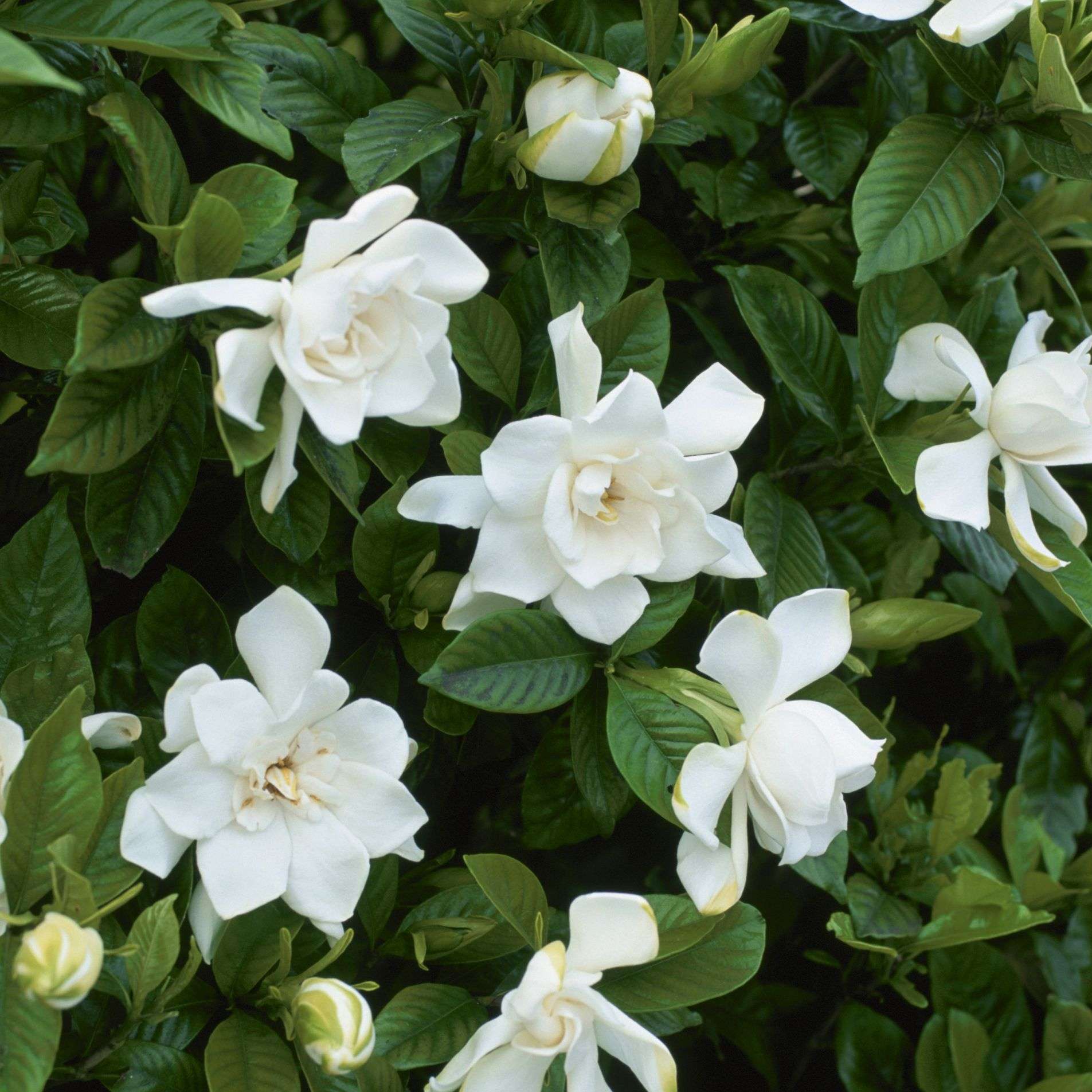
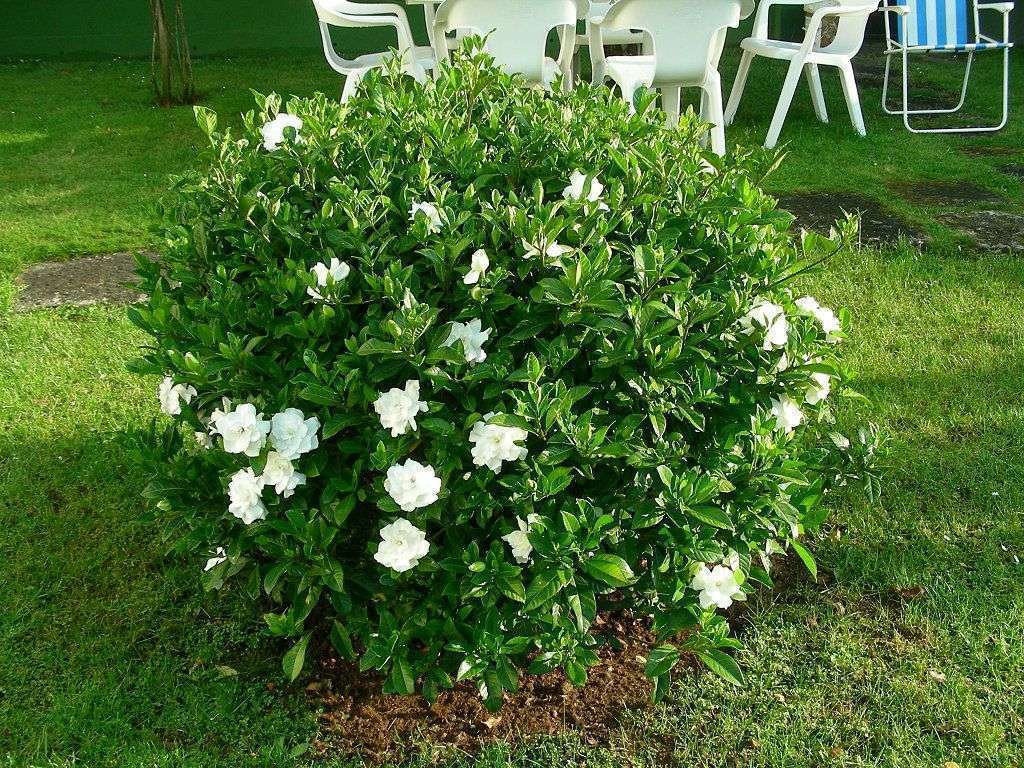
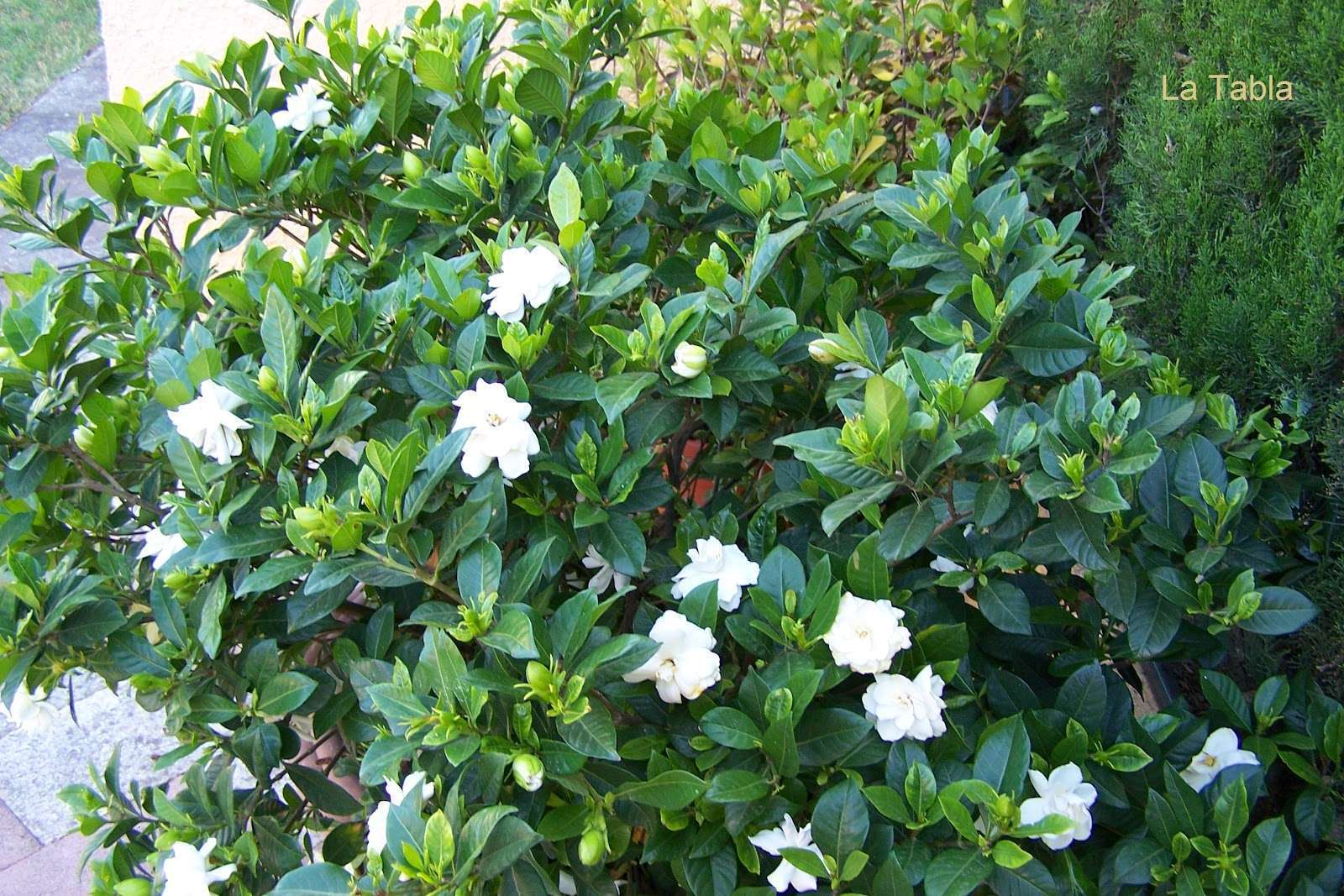
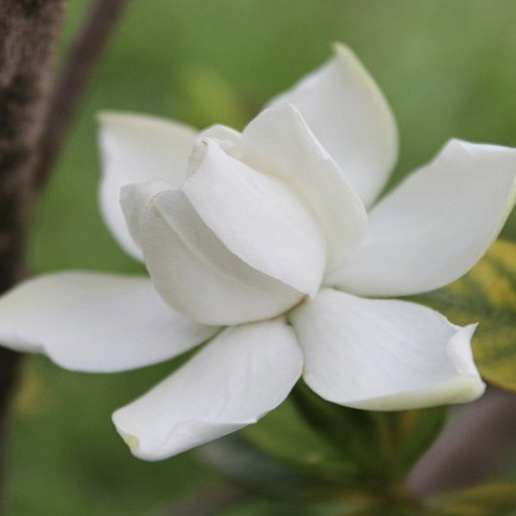

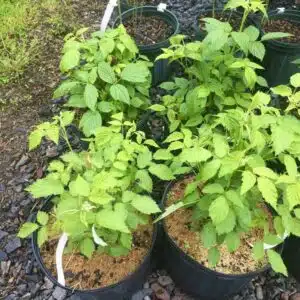
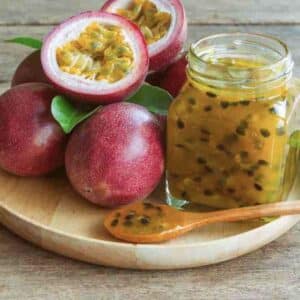
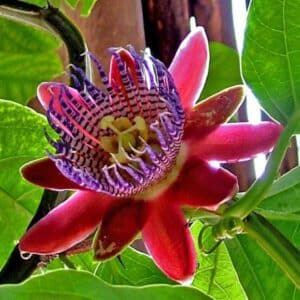
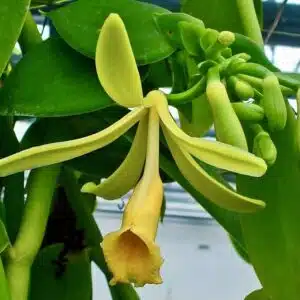
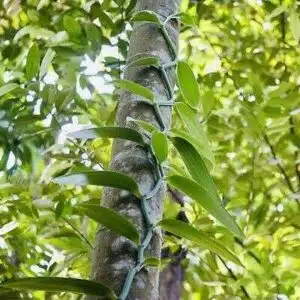
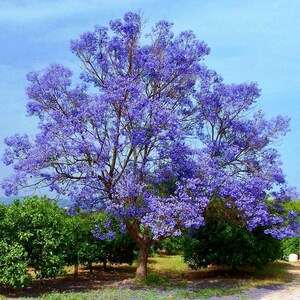
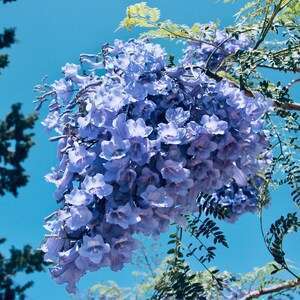
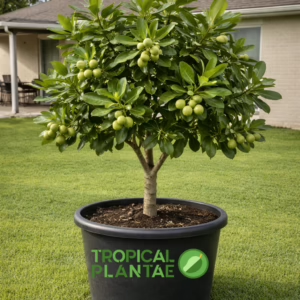
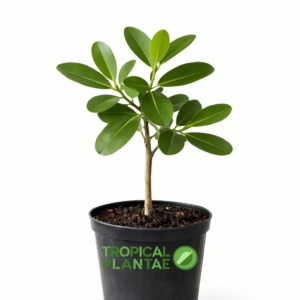
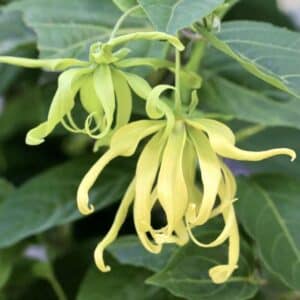
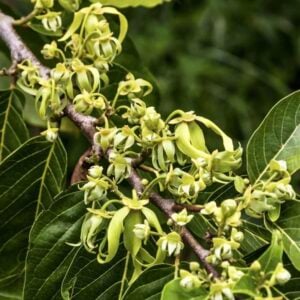
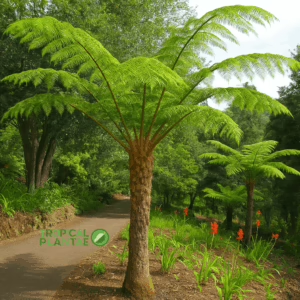
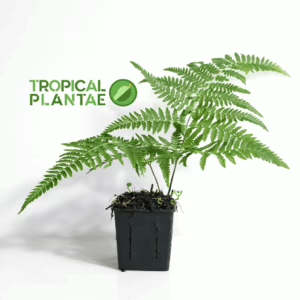
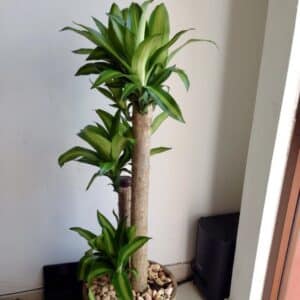
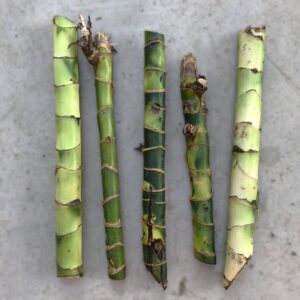
Reviews
There are no reviews yet.